For the provided lens Tamron SP AF 70-200 F / 2,8 Di VC USD many thanks to the store Bomber, where can I find photo bags, photo backpacks, the lenses, including Tamron with an official guarantee of 5 years.
Navigation
- Browse Navigation
- In short
- History
- Main Specifications
- Assembly
- Stabilizer
- Focusing
- Image quality
- Sample Photos
- Alternatives
- My experience
- Prices / where to buy
- Results
- User Comments
- Add your review or question on the lens
Tamron USD DI SP 70-200mm F / 2.8 VC Ultrasonic Silent Drive A009 in the review I will call in abbreviation - Tamron 70-200mm F / 2.8 VC. Here I review the version for Canon EOS cameras - A009 E (for cameras with mounts Canon EF и Canon EF-S).
In short
Tamron 70-200mm F / 2.8 VC is a good professional high-aperture telephoto lens, a very good alternative to original lenses Canon 70-200 / 2.8 L IS II, Nikon 70-200 / 2.8 G II VR и Sony 70-200 / 2.8 G SSM II.
The focal length with a range of 70-200 mm is very convenient for a huge number of photo tasks. Most often, such lenses are used for reportage and portrait photography. Overall, the image quality with the Tamron 70-200mm f / 2.8 VC is on par with the professional original lenses of the era.
I want to note right away that, in general, the Tamron 70-200mm F / 2.8 VC is better than its direct competitor from the legion of third-party manufacturers - Sigma 70-200 / 2.8 DG OS.
The price of the new Tamron 70-200mm f / 2.8 VC is about 1.3-1.5 times less than the new one Canon 70-200 / 2.8 L IS II.
History
Tamron has a long history of high aperture telephoto zoom lenses. At the moment, she has the following models of high-aperture telephoto lenses of the 70 / 80-180 / 200 / 210mm F / 2.8 class:
- MODEL 30A: Tamron SP 80-200mm 1: 2.8 LD BBAR MC, manual lens, 1985-1992, Tamron Adaptall-2 interchangeable mount system
- MODEL 67D: Tamron SP AF LD 70-210mm 1: 2.8, 1992-2001, Nikon F, Canon EF
- MODEL A001: Tamron LD DI SP AF 70-200mm F/2.8 [IF] MACRO, 2008-2012, Nikon F, Canon EF, Sony A, Pentax K
- MODEL A009: Tamron USD DI SP 70-200mm F / 2.8 VC Ultrasonic Silent Drive, 2012-2017, Nikon F, Canon EF, Sony A, Japan or China
- MODEL A025: Tamron SP 70-200mm F / 2.8 Di VC USD G2, 2017 - present, Nikon F, Canon EF, China or Vietnam
- MODEL A056: Tamron 70-180mm F / 2.8 DiIII VXD Model A056, April 2020 - our time, Sony FE
The names are given according to the markings on the lens barrel. Separately, it is worth highlighting Tamron 35-150mm F / 2-2.8 Di III VXD Model A058, which partially works in the same range (70-150 / 2.8).
Note that the Tamron A009 lens is available for three systems:
- Canon - Model A009E (such as in this review)
- Sony - Model A009 p (the version is called Tamron USD DI SP 70-200mm F / 2.8 Ultrasonic Silent Drive A009 and does not have a built-in image stabilizer)
- Nikon - Model A009N
Recently, third-party manufacturers have made fewer lenses for Pentax cameras.
Main technical specifications of Tamron USD DI SP 70-200mm F / 2.8 VC Ultrasonic Silent Drive A009 (E):
| The name of the instance from the review (as it is written on the lens itself) | Gold stripe 'USD Ø77 DI Tamron SP 70-200mm F / 2.8', not 'Ultrasonic Silent Drive VC A009' case, 'Made in Japan' serial number digits. Next to the switches are 'SP' in gold. Tamron SP 70-200mm F / 2.8 DI VC USD Model: A009E Filter size: Ø77mm, for Canon |
| Basic properties |
|
| Front Filter Diameter | 77 mm, thread under the filter plastic |
| Focal length | 70-200 mm
|
| Zoom ratio | 2.86 X (often rounded to 3 X) |
| Designed by | for digital full and cropped Canon cameras with bayonets EF or Ef-s. There are versions for Nikon and Sony |
| Number of aperture blades | 9 rounded petals |
| Tags | focal length values for 70, 100, 135, 200. Scale with focusing distance, mark for attaching the hood, mark for the bayonet mount, marks for the tripod foot. |
| Diaphragm | F / 2.8 to F / 32 over the entire range of focal lengths |
| MDF (minimum focusing distance) | 1.3 m, the maximum magnification ratio is reached by 200 mm and is 1: 8 |
| The weight | 1470 g (with tripod foot) |
| Optical design | 23 elements in 17 groups.
The scheme includes:
The optical design is clickable. |
| Lens hood | bayonet, flap, Tamron HA001, Made in Japan |
| Manufacturer country | China (Made in China), at the same time there are lenses that were / are manufactured in Japan and bear the inscription 'Made in Japan' (look at this). |
| Period | Introduced September 13, 2012. On sale November 22, 2012 for Nikon, March 28, 2013 for Canon, June 27, 2013 for Sony. 07 January 2017 added / replaced by model Tamron SP 70-200mm f / 2.8 Di VC USD G2 A025 |
| 3D view | See |
| Instructions | See |
| Price |
Old version Tamron a001 was lighter, even made for Pentax cameras, could shoot 'macro' at 1: 3.1 (versus the pathetic 1: 8 on the A009) and had a very wide focusing ring. We treat one thing, cripple the other.
Assembly
To review me provided brand new lens.
Build quality - at a high level. I didn't find any obvious flaws in the build quality. It is a weighty and pleasant lens to the touch. In the box with the lens goes 5 year warranty card.
The lens barrel is made of high quality plastic. If the body were made entirely of metal, like a super-durable lens like this Tokina AT-X 828AF PRO, then the weight of the Tamron 70-200mm f / 2.8 VC would increase proportionally. But even with a plastic body, the Tamron 70-200mm f / 2.8 VC weighs a lot - almost one and a half kilogram.
Tamron 70-200mm F / 2.8 VC uses metal bayonet mount and metal removable tripod foot. To completely remove the tripod foot, unscrew the clamp screw completely. The tripod ring can rotate freely around the lens. For precise and quick installation of strictly horizontal or vertical orientation of the tripod socket, there are 3 special marks in the form of white dots on the lens barrel.
The zoom ring is rubberized, wide and pleasant to use, it can be rotated even with one finger. In the comments, experienced owners of this lens indicated that over time, even when the ring is developed, the lens will not spontaneously change the focal length under the weight of its own lenses. During focal length changes, all outer parts of the lens remain stationary.
Zoom and focus rings compared to the original Canon 70-200 / 2.8 L IS IIare interchanged.
The focus ring is also rubberized. Important: note that the focus and zoom rings rotate in the opposite direction to those of original Canon lenses (such as Canon 70-200 / 2.8 L IS II). Tamron usually uses Nikon's direction of rotation of the rings.
Stated that the lens has waterproof (moisture resistant) designwhich prevents moisture from entering the lens. In the instruction manual for Tamron 70-200mm F / 2.8 VC about security there is no data. Near the mount there is a rubber ring seal that protects the mount from dust and moisture, which undoubtedly pleases.
This lens easily tolerated heavy snow, drizzling rain and shooting in the cold at -10 ° C.
The lens from the review was made in China, as evidenced by the inscription on its case 'Made in China'. At the same time, the same model was and / or is being produced in Japan and has the inscription 'Made in Japan' on its case. It was found that the Chinese and Japanese lenses have different focus ring travel. The Japanese have about 60 degrees, the Chinese about 135 degrees. In this case, the Chinese is better. Small differences in mechanics for the same model are common. During production, lenses usually change slightly (and sometimes very much) internally, although they will continue to look identical externally.
There is a bayonet mount mark and a mark on the case for quick installation of the hood. The lens uses a plastic lens hood Tamron HA001 (MADE IN JAPAN), which is fixed in special grooves located near the front lens of the lens. The hood can be installed in the opposite direction for transportation. In this position, access to the zoom ring is lost and access to the focus ring is difficult.
Yes, you have correctly noted that this is exactly the option when the lens costs 1300 USD. made in China, and a hood for $ 10. made in Japan.
When changing the focal length and during focusing the back lens remains motionless, which completely deprives the lens of the so-called 'vacuum cleaner effect', which can significantly increase the amount of dust that accumulates in the mirror shaft.
Tamron 70-200mm F / 2.8 VC uses a diaphragm device consisting of 9 rounded petals, funny that the original Canon 70-200 / 2.8 L IS II only 8 petals.
Strange, but the official sources indicate only that the lens uses the advanced coating of its optics and does not indicate its type. Tamron is renowned for its legendary enlightenment BBAR (Broad-Band Anti-Reflection - deep anti-reflective multi-enlightenment), which is used in a large number of lenses, for example, even in amateur Tamron 28-300 VC, or 'almost professional' Tamron 70-300SP VC.
Stabilizer
Tamron 70-200mm F / 2.8 VC has Tamron built-in image stabilizer VC (Vvibration Compensation, equivalent to Canon IS). Stated that the stabilizer can compensate 4 stops by shutter speed (by the standards of Tamron). In numerical terms, this means that you can shoot at shutter speeds 16 times slower than required by a lens without a stabilizer. For example, when shooting without the stabilizer of stationary objects, at a focal length of 200 mm, it is recommended to shoot at shutter speeds of 1/200 s or faster. With the gimbal on, you can theoretically shoot 1/13 s.
I was able to take sharp pictures of stationary objects on shutter speed 1/15 s and 200 mm of focal length and 1/6 s and 70 mm of focal length. The stabilizer works really well.
The maximum stabilization is achieved after 1 second of stabilization. The stabilizer works for another 2 seconds after releasing the focus and / or metering button exposure (usually the same button).
When working with the lens at 200 mm focal length JVI the difference is clearly visible when the stabilizer is on and off. When sighting with the stabilizer turned on, the picture 'freezes' and allows you to comfortably compose the frame, and the focusing system more tenaciously captures the subject.
The noise from the stabilizer is small. When the gimbal is turned on and off, the clattering noise is lower than many other gimbal telephoto cameras
While working with the lens, I found that on long shutter speeds (approximately longer than 2 seconds), the included stabilizer damages the image very much, making it blurry. As the instruction advises, you need to turn off the stabilizer during shooting at slow shutter speeds.
Unlike the original Canon 70-200 / 2.8 L IS II The Tamron 70-200mm F / 2.8 VC does not have a choice of Stabilizer Mode 1 / Stabilizer Mode 2 or similar.
Focusing
The lens uses technology to focus USD (Ultrasonic Silent Drive) - ultrasonic quiet focus motor (analog of Canon USM). By the way, Tamron USD motors are much faster than Tamron PZD (PieZo Drive) engines.
The Tamron 70-200mm f / 2.8 VC uses a large and powerful ultrasonic focusing motor ring typewhich looks like this. The difference between the ring ultrasonic and the reduced ultrasonic motor is shown and described. here.
Despite claims of quiet focus, there is noticeable noise from the focus motor, which will greatly interfere with those who will shoot video and record sound using the microphone built into the camera.
When used on a camera Canon EOS Digital Rebel XSi (with very simple 9-point focusing system) the lens performed very well. I had no problems with focusing accuracy and tenacity - the lens very rarely refocused again and kept the subjects in focus quite tenaciously. I am sure that on cameras with more advanced focusing systems everything will be even better.
On camera Canon EOS Digital Rebel XSi I checked the presence of back and front focus at different focusing distances and different focal length values (infinity and MDF as well). As a measure, the images were taken using the Live View mode (which actually does not suffer from back / front focus). Focusing accuracy using a cross-type center phase focusing sensor was exactly the same as Live View.
Auto focus speed high (closer to very high)... The focusing time from infinity to MDF and back is approximately equal to the focusing time at the lens Canon 70-200 / 2.8 L IS II.
- Focusing speed is almost independent of the selected focal length.
- After the lens loses focus, refocusing is very fast.
- The focusing speed depends heavily on the illumination, the selected focus mode in the camera menu and the focus logic of each individual camera.
- The time it takes for the Tamron 70-200mm F / 2.8 VC lens to go through completely from infinity to MDF and back in low light (for example, when a protective front cover is attached to the lens) is significantly longer than the lens travel time in good light.
The body has an 'AF / MF' (auto focus / manual focus) switch to select the focus mode. Tamron 70-200mm F / 2.8 VC supports FTM (Full Time Mannual Focus) - continuous manual focus control, which allows manual focusing in 'AF' mode without switching to 'MF' mode. This mode almost completely copies the original Canon FTM mode, except that the Tamron 70-200mm F / 2.8 VC during manual override completely disables autofocus in AI Servo mode.
During focusing, the front and rear lenses remain stationary, as the lens uses internal focus 'IF'('Iinternal Focus' - 'Inner Focus'). Thus, it is possible to use any filters without problems, for example polarizing or gradient.
The focus ring remains fixed during autofocus. In manual focus mode, the focus ring rotates approximately 135 degrees (approximately 60 degrees for lenses labeled 'Made in Japan'). When the extreme positions are reached, the focusing ring does not rest on, but continues to slide, without affecting the focusing. Manual aiming is quite comfortable.
The minimum focusing distance is 1.3 meters. Unfortunately, the Tamron A009 has the poorest magnification ratio of just 1: 8 compared to its autofocus predecessors. previous version Tamron a001 had the 'Macro' prefix in its name, hinting at the possibility of macro photography, and its magnification ratio was much better at 1: 3.1.
The lens has a window with a distance scale with marks in meters and feet. The scale is small, on it there are marks only for 30, 10, 5, 3, 2, 1.3 meters and a label of 'infinity'. Such a scale in itself is of little use and is present more for show (justification of this thought here).
Features:
- Tamron 70-200mm F / 2.8 VC, compared to other lenses, focuses very long in Live View mode (on cameras without Dual Pixel or Hybrid CMOS AF) Please, who has experience with this lens on cameras with Dual Pixel or Hybrid CMOS AF technology, describe his work in the comments.
- Tamron 70-200mm F / 2.8 VC does not have a hard stop (hard infinity mechanical stop) which allows you to accurately and quickly focus the lens to infinity under any external temperature conditions. For accurate aiming at infinity, you can’t just bring the focus ring to the extreme position marked “infinity”.
- When changing the focal length, focusing is lost. The lens is not parafocal.
- Important: Tamron 70-200mm F / 2.8 VC is a third-party lens. It may happen that it will not work correctly with new Canon cameras, which will be presented after the announcement of this lens.
- It's important... The lens has a pronounced effect 'Focus breathing'(changes in viewing angle during focusing). When focusing on MDF at 200 mm focal length, effective focal length noticeably reduced. At 70 mm, the effect is less pronounced.
- There is no depth of field scale and no mark for working in the infrared spectrum.
- Focus shift (shift-focus) was not noticed during operation and testing.
- There is no focus distance limiter. For example, Canon 70-200 / 2.8 L IS II this limiter also has a '2.5m-∞' limiter, the focusing time from infinity to 2.5m (MDF limiter) is a fraction of a second.
- One of the implicit advantages of telephoto lenses with a maximum aperture of 1: 2.8 is that they can be used with teleconverters without any problems. So, Tamron 70-200mm F / 2.8 VC is compatible with teleconverters Tamron SP AF TELE-Converter 1.4 X / 2 X (and possibly others). When using a teleconverter with 2 X, the lens turns into a '140-400 / 5.6', which allows automatic focusing on all Canon digital SLR cameras. But when using teleconverters with darker televisions, automatic focusing on many cameras with a simple focusing system can cause serious difficulties.
Image quality
With the image quality, this lens is doing well.
The main advantages of the created image:
- good contrast over the entire range of focal lengths
- good sharpness at open apertures in the range of 70-135 mm, sharpness drops slightly in the range of 135-200 mm
- good color rendering
- even circles in the blur zone due to rounded petals aperture.
- pleasant, unobtrusive bokeh
- moderate chromatic aberration, distortion and vignetting
The main disadvantages of the image:
- weak macro mode
- tangible amount of artifacts while working in backlight
Unfortunately I was not able to drive the lens on a full-frame camera, but on crop cameras with an APS-C sensor, the lens behaves very well.
Sample Photos
Pictures from Canon EOS Digital Rebel XSi... Photos in the gallery below are shown without processing, converting the original RAW files ('.CR2') with the original Canon Digital Photo Professional utility without making additional adjustments. Everything was shot hand-held without using a hood. Some of the photos were taken using a very good HOYA polarizing filter. Hd nano CIR-PL 77mm Made in Japan (official filter page) heremy brief review hereYou can buy here).
You can download the source RAW files at this link.
My experience
I'm an absolute fan of this class of lenses. If I had my way, I would shoot everything with one single 70-200 / 2.8. It is generally accepted that such a lens is included in the “holy list” of lenses of any professional photographer (in the so-called “holy trinity” of high-aperture zooms: zoom-wide, zoom-wagon and zoom-telephoto).
What's really about the Tamron 70-200mm f / 2.8 VC? It is a really good lens, approximately one and a half times cheaper than the original Canon 70-200 / 2.8 L IS II... Perhaps in some small things and in rare difficult shooting conditions, the Tamron 70-200mm F / 2.8 VC will be worse than the original, but personally I would boldly use this lens and would not worry that it is 'not the original'.
Usually a 70-200 / 2.8 class lens is very, very important in the bag of many photographers - the choice is always very difficult. If the question of finances was not at all, then I would have bought the original one anyway Canon 70-200 / 2.8 L IS II and forget about everything else until the release of the 'Canon 70-200 / 2.8 L IS III'or' Sigma 70-200 / 2.8 ART'.
Alternatives
Below is a list of all fast class 70-200 / 2.8 lenses with built-in image stabilizer:
Canon (Canon EF / EF-S / RF)
- Canon Zoom Lens EF 70-200mm 1: 2.8 L IS USM
- Canon Zoom Lens EF 70-200mm 1: 2.8 L IS II USM
- Canon Zoom Lens EF 70-200mm 1: 2.8 L IS III USM
- Canon Lens RF 70-200mm F2.8 L IS USM
Nikon (Nikon F, Z)
- Nikon ED AF-S VR-Nikkor 70-200mm 1: 2.8G Vibration Reduction SWM IF (black or silver version)
- Nikon AF-S Nikkor 70-200mm 1: 2.8GII ED N VR Nano Crystal Coat SWM IF
- Nikon AF-S Nikkor 70-200mm 1: 2.8E FL ED N VR Nano Crystal Coat SWM IF + its modification 'Nikon 100th Anniversary Edition'
- Nikon Nikkor Z 70-200mm 1: 2.8 VR S
Sony (Sony E)
Sigma (for different mounts)
- Sigma 70-200mm 1: 2.8 APO DG HSM EX OS (Optical Stabilizer) (for Canon EF / EF-S, Nikon F, Sony / Minolta A, Sigma SA, Pentax K, no longer available for Pentax)
- Sigma 70-200mm 1: 2.8 DG OS HSM S | Sport (for Canon EF / EF-S, Nikon F, Sigma SA)
Tamron (for different mounts)
- Tamron USD DI SP 70-200mm F / 2.8 VC Ultrasonic Silent Drive A009 (for Canon EF / EF-S, Nikon F and Sony / Minolta A)
- Tamron SP 70-200mm f / 2.8 Di VC USD G2 A025 (for Canon EF / EF-S, Nikon F)
- Tamron 70-180mm F / 2.8 Di III VXD Model A056 (Sony FE only)
Panasonic
- Panasonic LUMIX S PRO 1: 2.8 / 70-200mm OIS (Leica L, Fall 2019)
Comments on this post do not require registration. Anyone can leave a comment. Many different photographic equipment can be found on AliExpress.
Prices
Prices for the Tamron USD DI SP 70-200mm F / 2.8 VC Ultrasonic Silent Drive A009 lens in popular online stores can look at this link.
Results
Tamron 70-200mm F / 2.8 VC turned out balanced lens. The build quality, focusing, stabilization, as well as image quality are at a high level here, while the lens is significantly cheaper than the original models. I bravely recommend Tamron 70-200mm F / 2.8 VC to purchase and use as directed.
Material prepared Arkady Shapoval. Training/Consultations | Youtube | Facebook | Instagram | Twitter | Telegram

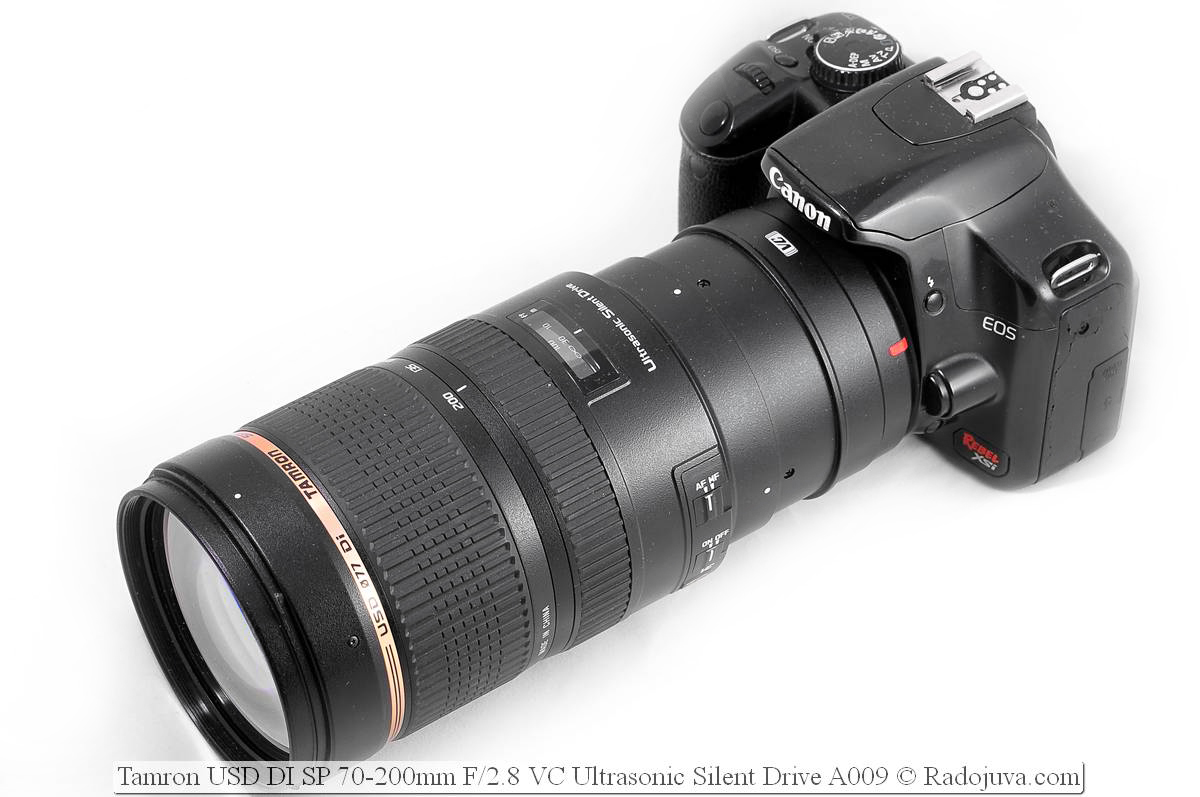
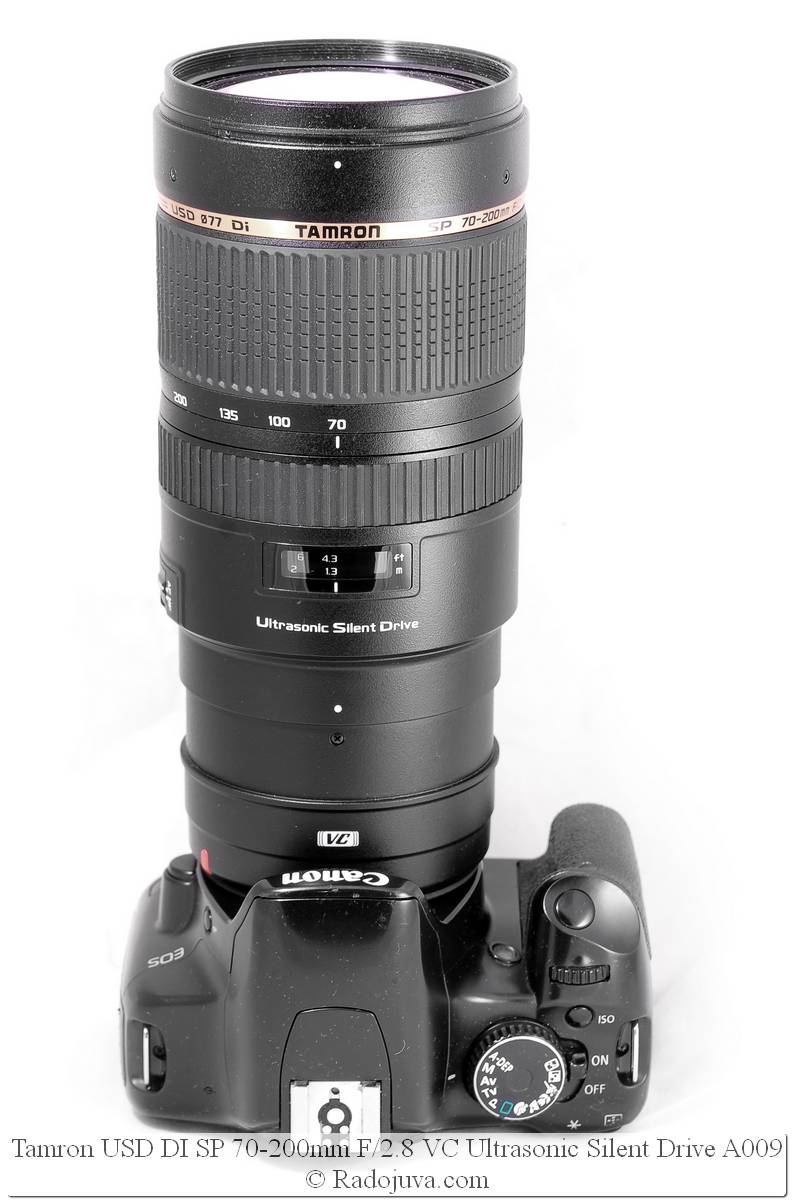
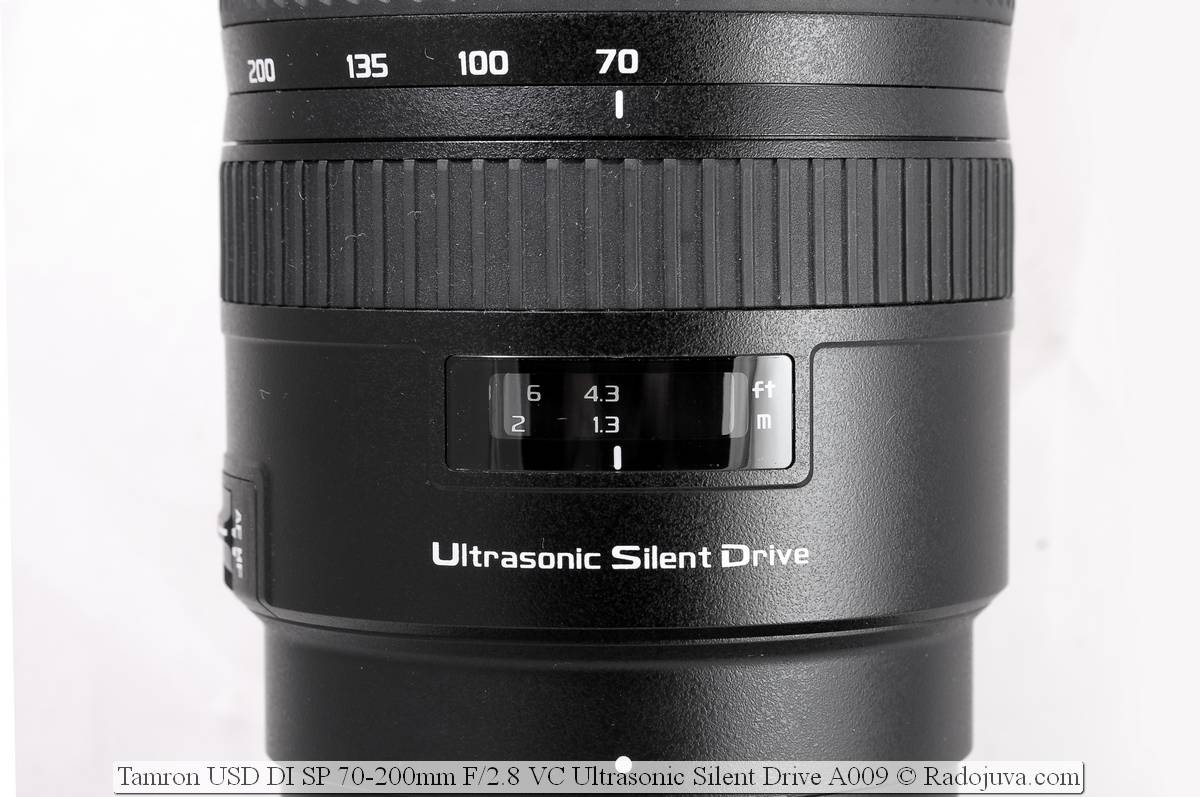
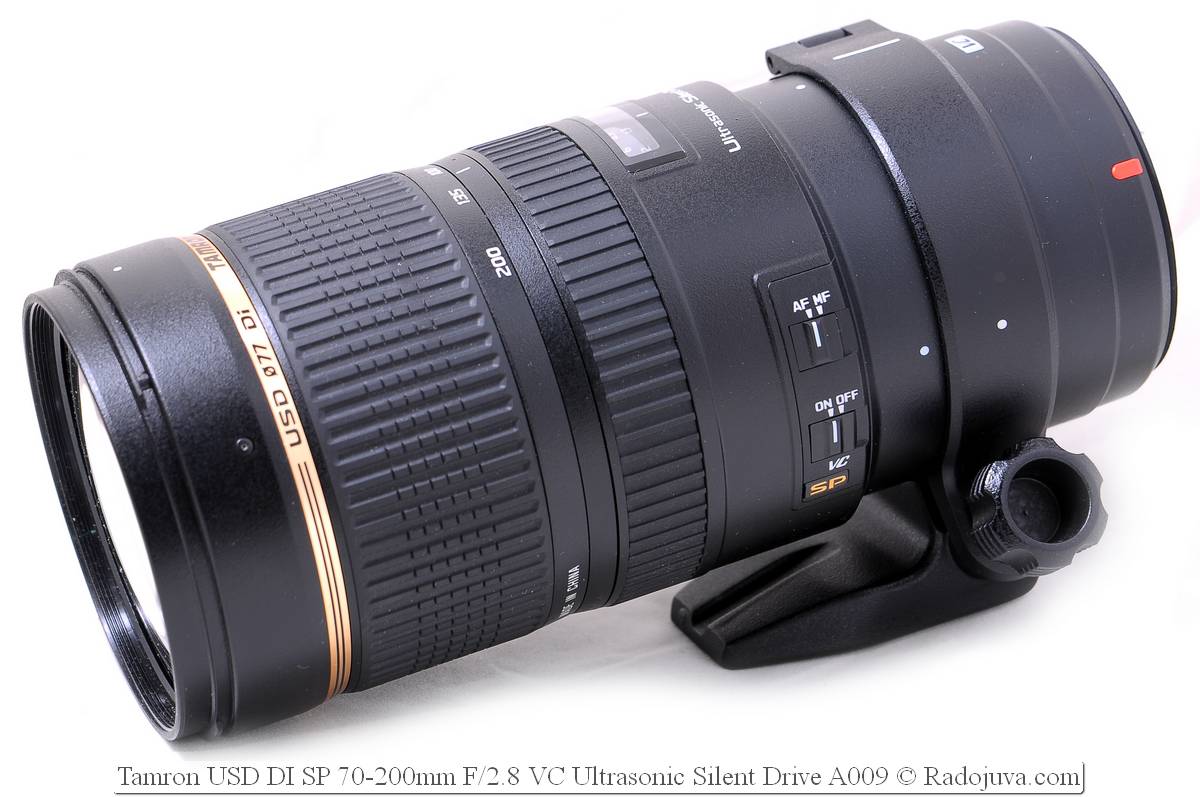
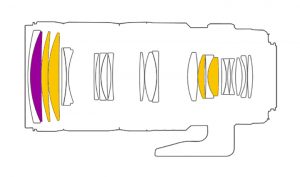
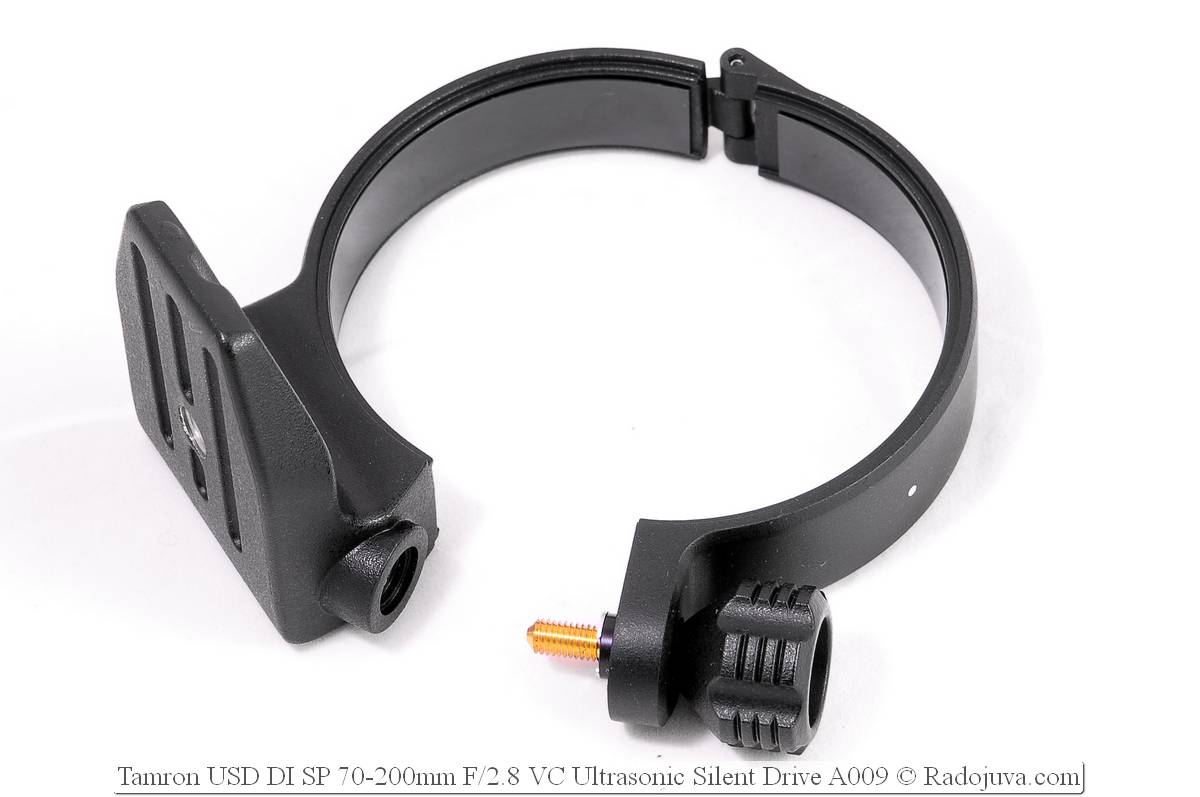
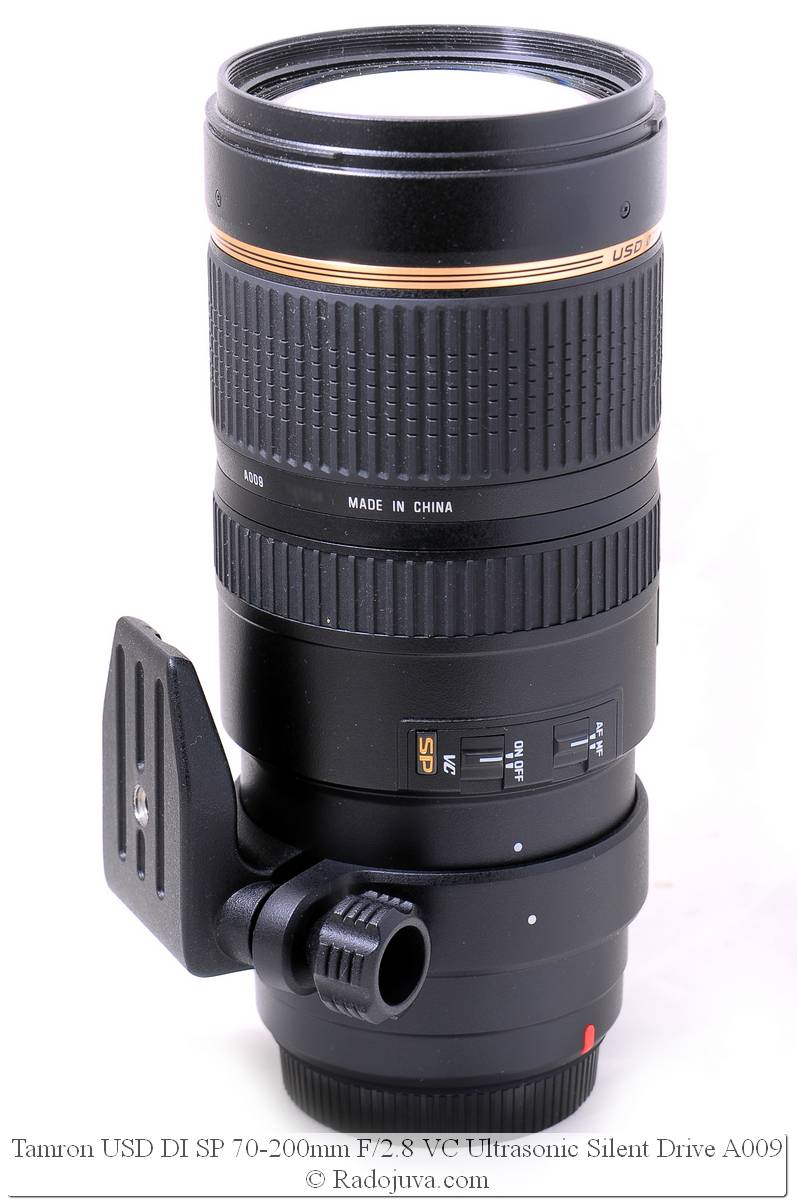
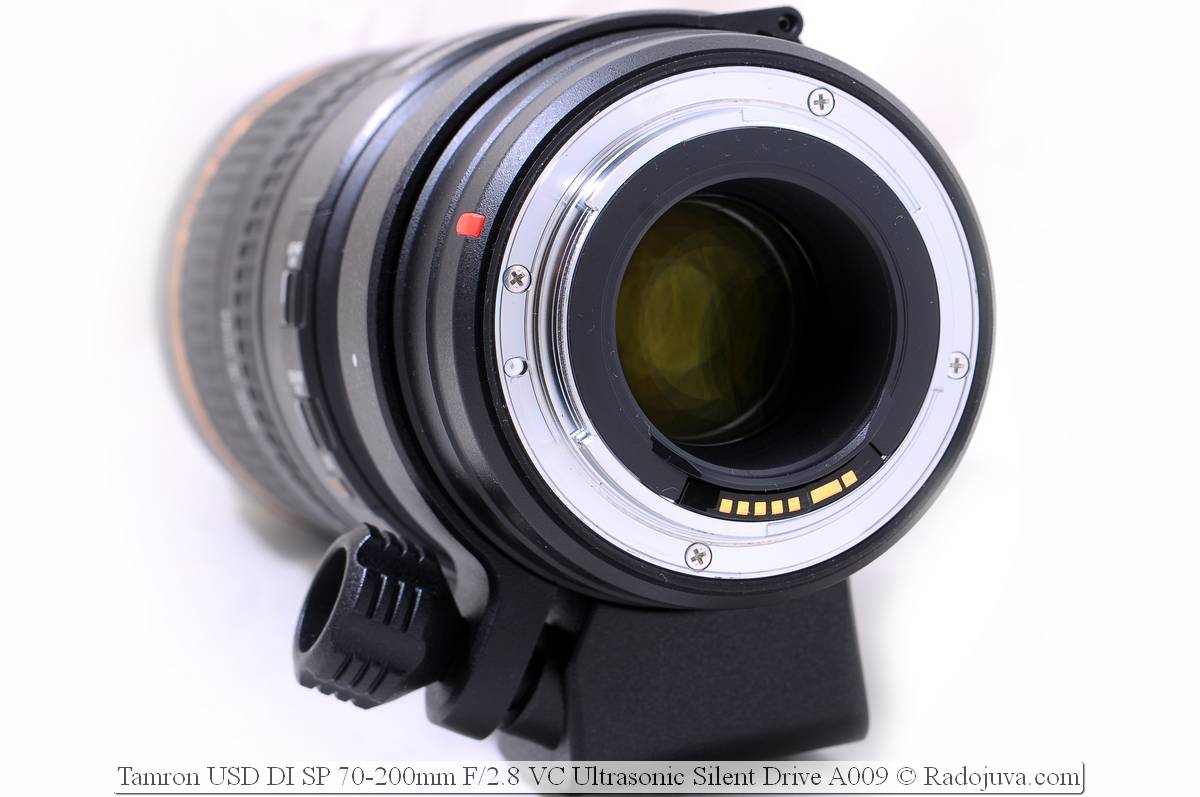
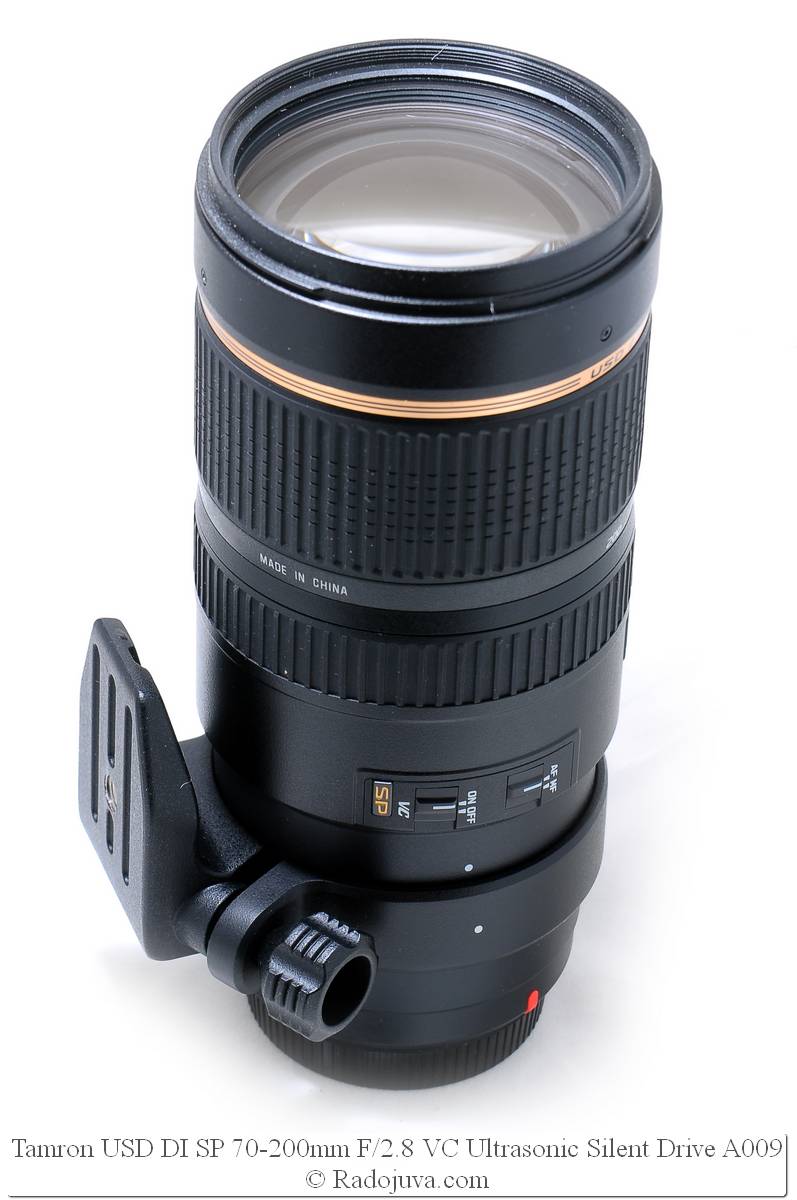
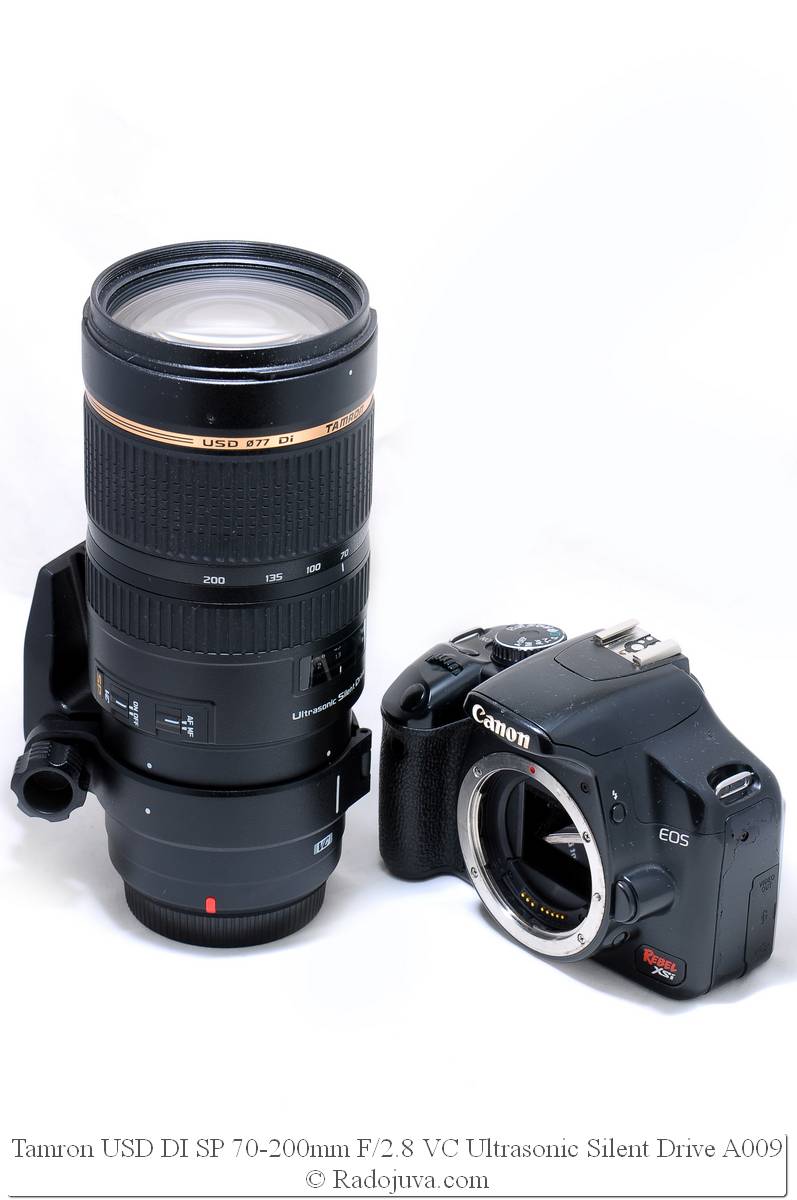








































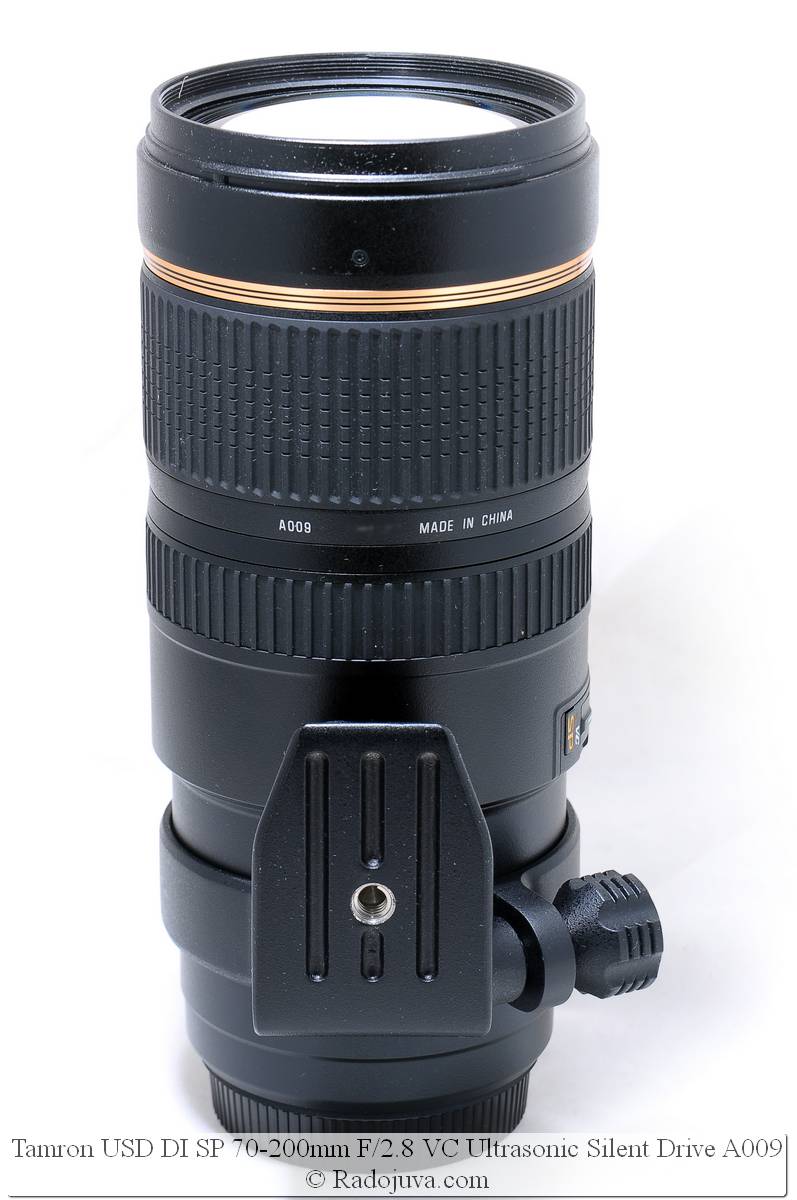
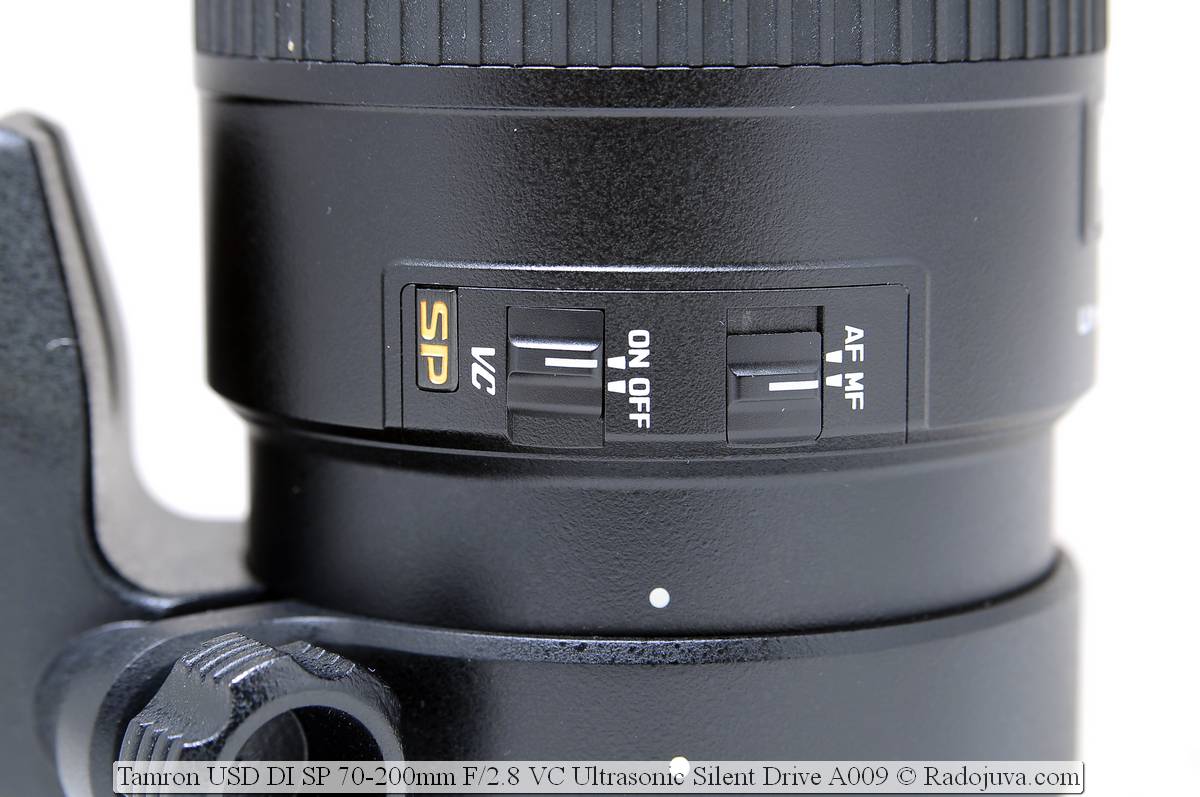
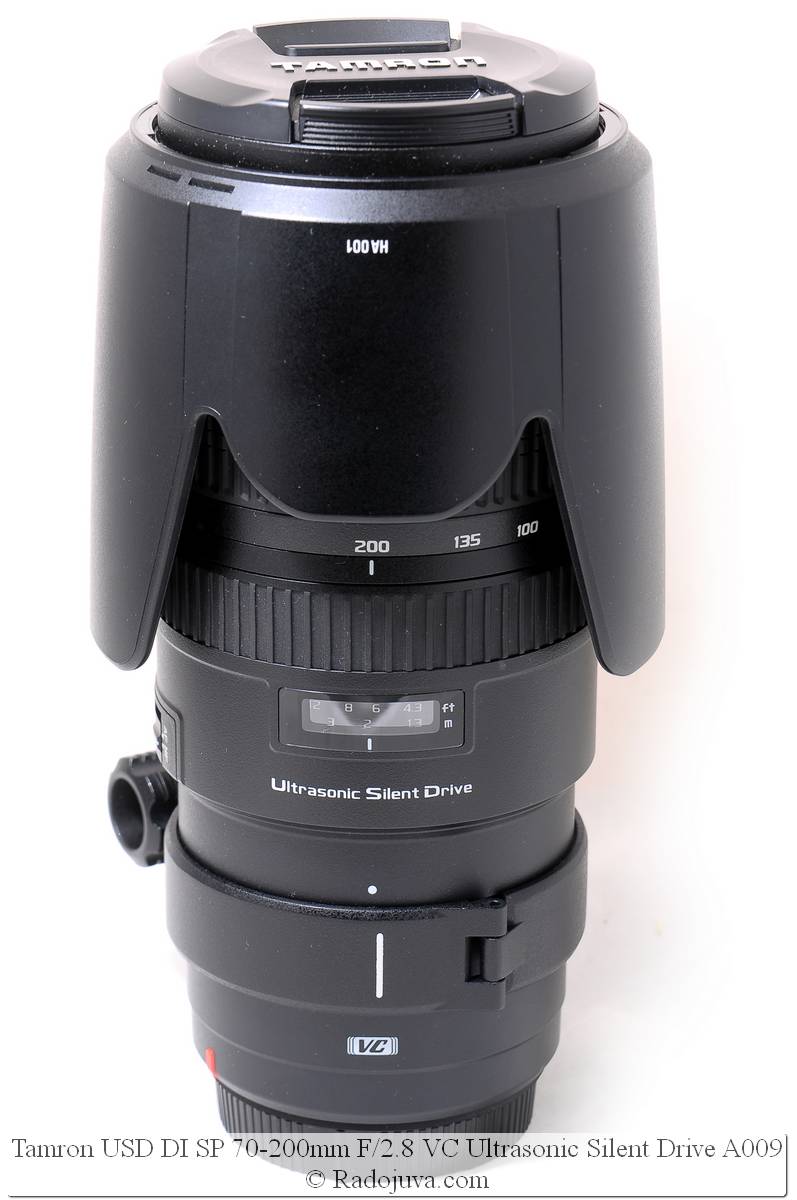

Well now I'm the first!)))
Unrealistic price tag for this lens. "White" original EF 70-200mm f / 2.8 IS, on the secondary market, in very good condition (sometimes, even "like new"), you can buy 20 thousand cheaper, and his "picture" is simply fantastic, at times better, not to mention quality dust - and moisture protection. IMHO.
The first version will be worse than this. Now all prices are unrealistic, as you look at a good lens and start measuring its price in salaries ...
For worse only in terms of sharpness, no more. And the picture is just beautiful at L-ki.
Finally! Thank you, Arkady, for the excellent overview of the excellent lens.
I have been the owner of the subject for almost a year now. I'm not overjoyed. I am unsubscribing, as you asked about the unauthorized change of focal points under the weight of the lens unit. Not visible. Today this is my favorite lens, despite its size and weight, it practically cannot be removed from the camera (Nikon D750). For a long time I tried to convince myself to take it instead of "native". In the end, I was convinced that the advantages of the native 70-200 did not justify the twice the cost. It even seemed to me that the Tamron is sharper on the open. The vignette is a little more pronounced, the focusing speed is comparable, in any case, I did not see any clear advantages in speed with the “native” one. I don’t regret it.
Thanks again for the review.
Thanks for the addition. If you have a Made in Japan version, please check the progress of the focus ring, it is suspected that the Japanese rotate it about 60 degrees, and not 135 degrees (3/8 turns).
There are really about 60 degrees on my Japanese
Thanks. Added information to the review.
Also a Japanese version for Nikon? and also the travel of the ring is about 60 degrees ... but maybe it also depends on the system?
I bought it a year ago for 40k.
I liked it immediately and forever. If not for the weight, I would wear it every day. And so - every other day.
PS Made in Japan
A photographer cannot have weak hands and weak nerves;))
Arkady! You missed the Tamron 70-200mm F / 2.8 SP AF Di LD IF Macro in the list of alternatives
So in the Tamron 70-200mm F / 2.8 SP AF Di LD IF Macro - there is no VC (Vibration Compensation). If you choose an alternative without a stub, then you could also add an old Nikkor 80-200 \ 2,8 Mk3, for example, and a lot of other things that can now be bought on the “secondary” for reasonable money. But, Arkady indicated before the list of alternatives that they have a built-in stabilizer. Personally, I think that with a stub price of 8000 UAH, in the current conditions you can do without it, especially when the weight of the lens is well over a kilogram.
Arkady, as always - RESPECT for the review, photos of grandfather with bristles, and winter cherries are just wonderful!
The list of alternatives shows similar lenses with a stabilizer. Previous Models 67D и A001 have no stabilizer.
I apologize for the carelessness
Arkady, a small amendment, no offense.
The correct name for the Tamron SP 70-200mm f / 2.8 Di VC USD lens. Thanks again for the review :)
Duc Arkady above indicated in the table “Name of the specimen from the review (as written on the lens itself)”.
In general, “there is no right”. There is what is written on the case, on the box, in brochures, at the office. website, etc. Personally, I always stick to and state the name that is written on the case. As indicated in the tx table:
If we discard the filter diameter, which is usually not taken into account, then the correct name of the lens is “USD DI Tamron SP 70-200mm F / 2.8”, and the VC mark is not included here, etc. Such subtleties :)
Best of all, the names are unified for Canon lenses - the company adds few extra-attachments to the name, and the names are always written on the body with the same alternation of abbreviations and technical data. In other manufacturers - the devil will break his leg, especially if it's a Sigma, where there are 100500 modifications of the same lens.
Do you have a photo on Fuji S5 Pro? Or just on Canon?
I was provided with a lens with a Canon EF mount for review, it is quite problematic to use it on Fuji C5 with a Nikon F mount, because so far there will be no examples on the S5 Pro.
I am a fan of Fuji S5Pro and Minolta Maxxum9
Thanks for the review. How problematic is Focus Breathing? At 2-3m and at a focal length of 200mm, what really becomes the focal length?
Great lens. I used it for a short time and, on the whole, I had positive feelings. Sharpness is high! It is better than canons 70-200 2.8l and 70-200 2.8lis1, approximately at the level of Nikon's 70-200 2.8vr2 and only slightly inferior in corners to 70-200 2.8lis2. HA and distortion is almost there, which is extremely nice.
Here the topic was raised about the focus on the MDF. So the tamron in this case quite honestly gives out at 200mm about 180-190mm. Canon 70-200 2.8lis2 produces almost 200mm. But Nikon disappointed, their 70-200 2.8vr2 at 200mm on the MDF gives something near 130-140mm, about which I already wrote somewhere on the site.
In general, tamron fellows. If 5 years ago the majority of photographers had a prejudice to the glasses of this company, now they dispel all doubts. Tamron, in my opinion, the only third-party manufacturer was able to make a working line of zooms with quality not inferior to Nikon and Canon. 15-30 2.8vs for a number of tests beats 14-24 2.8 from nikon and certainly the old canon 16-35 2.8l; 24-70 2.8vs is quite comparable in technical capabilities with the Nikon 24-70 2.8vr and although it loses in sharpness to the canon 24-70 2.8l2, it has a stub. And the lens came out of the review good, quite at the level of 70-200 2.8 canon and Nikon. I'm glad for the tamron, I'm waiting for 24-70 2.8 art from sigma and 70-200 2.8 with a stub from tokina :)
Tamron USD DI SP 70-200mm F / 2.8 VC Ultrasonic Silent Drive A009 lens (for Canon EF / EF-S, Nikon F and Sony / Minolta A) for the Sony / Minolta A mount does not have a built-in stabilizer
http://tamron.ru/models/item-sp-70-200mm-f28-di-vc-usd-14-56.html
This information was already in the review.
So that there are no contradictions in different parts of the article, I propose to bring the information to uniformity, i.e. in the list of alternatives for 70-200 class lenses with built-in stabilization, amend from “(for Canon EF / EF-S, Nikon F and Sony / Minolta A)” to “(for Canon EF / EF-S, Nikon F, version for Sony / Minolta A has no stabilizer) ”.
Just a great lens. I like the picture, color, and skinton more than with native lenses of the same class.
But in extremely difficult conditions (poor light and shutter speed 1/400), it begins to mercilessly smear.
I'm sure Tamron is not to blame. Surely Nikon has specially tuned AF algorithms for such conditions, or something like that. It is clear that no one will give Tamron access to such subtle things. Well, or just a very safe hide.
However, few people shoot in such conditions. And those who shoot, Tamron will not buy, they have long known everything.
I didn’t notice. Filmed an entire event in such conditions. The marriage certainly was, but not that critical.
Which camera do you have?
D610 I shoot ballroom dancing competitions.
This is not the case. The object moves very quickly, the lens does not have time for it. Especially when you shoot a series at short exposures.
The Nikon 80-200 f / 2.8 D Mark III has no problems with this.
Konstantin, I’ll add for clarity.
These are just my guesses. Perhaps I am mistaken, and the matter is in the cell.
Or just for several years of working with Nikon 80-200 2.8, at the level of reflexes, I already learned to aim AF points so that it would catch the focus well.
Maybe when the D610 runs out, and I buy something better, Tamron will work as expected.
I like him the most.
The situation is reversed. It was 80-200, though the second (Push-Pull) did not have time because of the slow focus. Tamron, on the other hand, succeeds almost always and almost always accurately. True camera D750. So I tend to “suspect” the 610 focusing system in your case.
I have been looking at this glass for a long time. Price tag horse!
Regarding “it is made of high-quality plastic, and the bayonet and the foot are made of metal” - let me disagree. I have a Nikon version, the body is made of metal completely, but from the scale to the filter thread there is a plastic cover. In general, normal glass. I can only compare with what I have: 85 1.4G and 135 2.0DC.
https://fotki.yandex.ru/users/achitah/album/543813/ There's somewhere in the middle there are a few at 135 2.0DC
And about the focus ring travel. For some reason, the author believes that the Chinese version and 135 degrees is better than the Japanese version with 90 degrees. I disagree. I can say for sure that at 135 (although I have a Japanese one) I have to intercept from time to time, I do not have enough finger span. And 90 can be without interception (probably) to visit. I understand the author that theoretically the larger the move, the higher the accuracy. But in this case (applicable to this lens) this category is not essential. But comparing Voichtlander 58 1.4, and Nikon 50 1.4G in manual mode, this is very critical and defining. I would not say that the stub is super. If from the hands, then what is the focal, such is the shutter speed (read at least 1/200, if you work, not experiment)) In this range I have Tokinu 100, Nikkor 85 1.4G, Nikkor 135 2.0DC. I affirm that Tamron's picture, in my opinion, is sad, not juicy, not voluminous, devoid of greasy, oily bokeh. But correct and quite salable. At 4.0 yes, it rings everywhere. But 2.8 is sharp only at medium focal lengths. 85 ka and 105 ka are sharper on the open, and at 2.8 in general the limit (yes, I don't clamp them harder than two). But that's a different song. In the process of reporting, Tamron showed himself from the best side. Stable, fast, versatile, sharp. Although I am sure that a similar Nikon at least has the same advantages. The price tag is really transcendental. I believe that this Tamron will not limit your potential as a photographer, and will help you “open up” no worse than an analog from Nikon. And for the difference in price it is better to fly somewhere for good shots ... I use it on D700, D750, DF….
Thanks for the comment.
I apologize, gave a link to shrunken photos. These are normal, if interested. https://fotki.yandex.ru/users/achitah/album/543864/
Poll:
What is better for a diverse photographer?
85 / 1.8 + 70-300 (or 150-600 or 80-400 dark) or one 70-200 / 2.8
Is it better to take a portrait and dark zoom or one bright zoom?
85 and 70-200 always complement each other, take both. On mayveda, this issue is constantly being raised.
I am for 70-200 / 4 + 85. 70-200 / 2,8 will be heavy for everyday use.
And I am in favor of starting to assemble a good fleet of glasses, namely 70-200 / 2.8 or 80-200 / 2.8.
and why no one mentioned Sigma 70-200 2.8 os. This is a great alternative to this tamron and nikon and canon.
I have mentioned in the review.
I have a Japanese for Nikon, bought 3 years ago ... time flies .. I use it with D800. I don’t use manual focusing, but now I looked at the eye of the focusing ring - in my opinion, it’s still around 135 degrees, at least not 60. I am very pleased with the lens. Well, if only the sharpness drops a little by 200mm, but there are no complaints up to 180 .. I could have taken the "native" one, but I chose tamron, it seemed to me sharper. I feel the autofocus speed is the same as with my other lenses ... Sigma in the store immediately put aside ... I didn't like the sharpness, some clicks and the image bounces when the stabilizer is turned on. The plastic is cheap. In general, not ART. In Tamrone, I noticed only one oddity - at temperatures below 0, the autofocus sometimes starts to slow down or, more correctly, does not wake up when you press the shutter button until you turn the focusing ring. I read somewhere that someone else has come across a similar one ... The stabilizer causes only positive impressions. The colors are excellent, the white balance is also not a problem. I don't want to remove the lens from the camera, but the weight and dimensions keep it from constant use.
I forgot to say that only 2.8 and use
Overview on the next incarnation of G2 - https://www.youtube.com/watch?v=YpRt7GxJmXM
good evening everyone, I want to buy such a lens ... can anyone explain if there is a super-significant difference (primarily in terms of image quality) between this model and the second generation Tamron SP 70-200mm F / 2.8 Di VC USD G2 (model A025)
the difference in price in Belarus is significant. but there are both on sale.
Thank you in advance.
Will Tamron 70-200 Di Ld Macro 2.8 Nikon F fit a non-powered camera? Now I use Nikkor 70-300mm f / 4.5-5.6 VR, there is a lack of aperture. I dream of a Nikon 70-200 2.8, but not yet on a budget. I also looked at a similar Sigma AF 70-200mm f / 2.8 EX HSM (f / 2.8D) lens, but they say it is worse, and there will be no auto focus on the non-motorized camera.
Should I change Nikon 70-300 4.5-5.6 VR to Tamron 70-200 Di Ld Macro 2.8? Hiring a sport. reports, and for portraits I would like to use. Thanks for the answer!
It will not work, it is under a screwdriver. Maybe you should consider the option of buying a motor camera of the series d80, d90 for it? Pay attention to the total weight of such a bundle. For portraits it is, of course, more interesting than 70-300, and macro 1: 3 is not superfluous - for butterflies, etc.
70-300 did not like at all, because of the small aperture gives a lot of noise (
And if you take the motor camera, I’m considering the d7000, then for the same money they sell the Nikkor 70-200 2.8D, I think it's better to take a native Nikkor than Tamron. Thanks for the answer!
Svetlana, if there is a strong lack of aperture, 80-200 2.8D will not help.
There will still be noises.
In this case, both for reporting and for portraits, and that would be a lot of aperture, little noise, good sharpness and inexpensive, only 85mm 1.8D.
I rented a camera and 80-200 2.8D there was no noise, but it was not as high as for 70-300 + other exposure. Thought Tamron would stand on mine, but then it is better to change the camera and take Nikkor.
For sports. Fixed is not suitable for competitions, I often take pictures of riding sports, where both people and dogs are in motion, i.e. In any case, aperture zoom is needed, competitions in the forests are held, but in the morning the lighting is quite normal.
Aperture then he - yes. But how to shoot a subject in motion (sports) with an open aperture? I have 70-300G, periodically shoot dances, aperture 5,0-5,6. So sometimes the dancer does not get into the grip, for example, if the focus is on the shoulder, and not on the head, then everything, the face is no longer in focus. DOF with such AF (> 100mm) is very small, the object moves quickly, it is relatively difficult to keep it in the focusing point. I have no idea how you can get into depth of field at 2,8, and, say, 200mm FR under such conditions (and I have been doing this kind of shooting from time to time for about 10 years). No, of course, if you have enough of a picture in a resolution of 800-1200 pixels on the long side, then you don't have to worry too much - resized, shaved off the norms, and you can't see the noise, but if you need a picture of 6-10 Mp or more, then you you have to cover the diaphragm to get these 10-15 cm DOF. I believe that when shooting sports, the "extra" aperture is useful only for more confident focusing, but to get a good shot, you will have to cover the aperture. Dear Peter Sh. Can correct me, if I am not mistaken, he also removes dances.
Actually, I shoot on apertures 2.8-4.0, not more.
Maybe I just do not have enough critical attitude to sharpness?
Here is an example for 3.5, 200mm. Called - Photographer! Throw Photoshop and run to the gym!))
Also 3.5, 200mm.
Painful expectation of results.
3.5, 125mm
I did not process these pictures. There is no oversharping, noise reduction is turned off.
Crops from the originals. Somewhere 5 megapixels.
Well, the partner clearly fell out of the depth of field, the picture is a bit dark.
With growth photographs, depth of field is, of course, less critical.
And here, people like larger pictures, mainly, because he can take off the growth ones (at least on the phone, and people have a lot of fotiks with whales).
I also disagree about the focusing points: I just rarely use the central point for ballrooms, because plot-important parts almost never fall on it, and in Latin (not solo) there will generally be a background in the center. Viennese waltz, for example - d9 / d21, and leading the head of one of the partners
2.8, 125mm